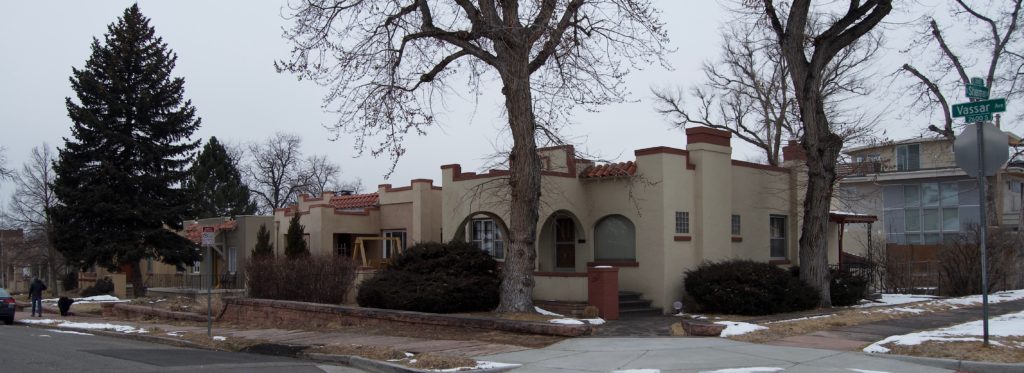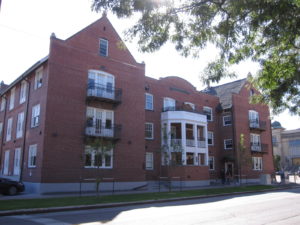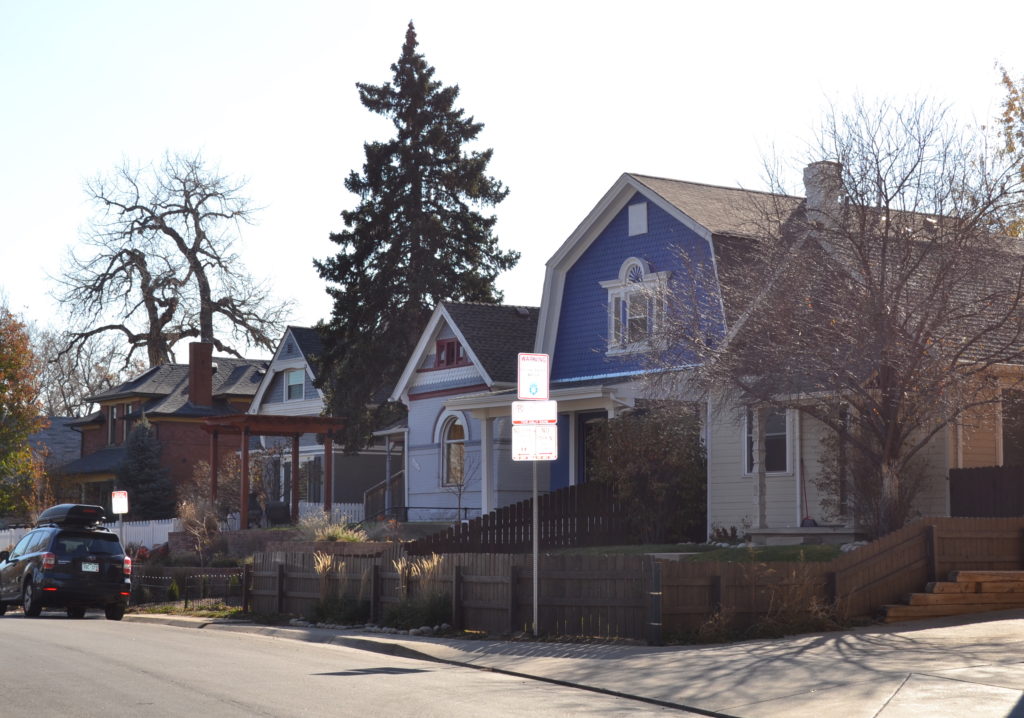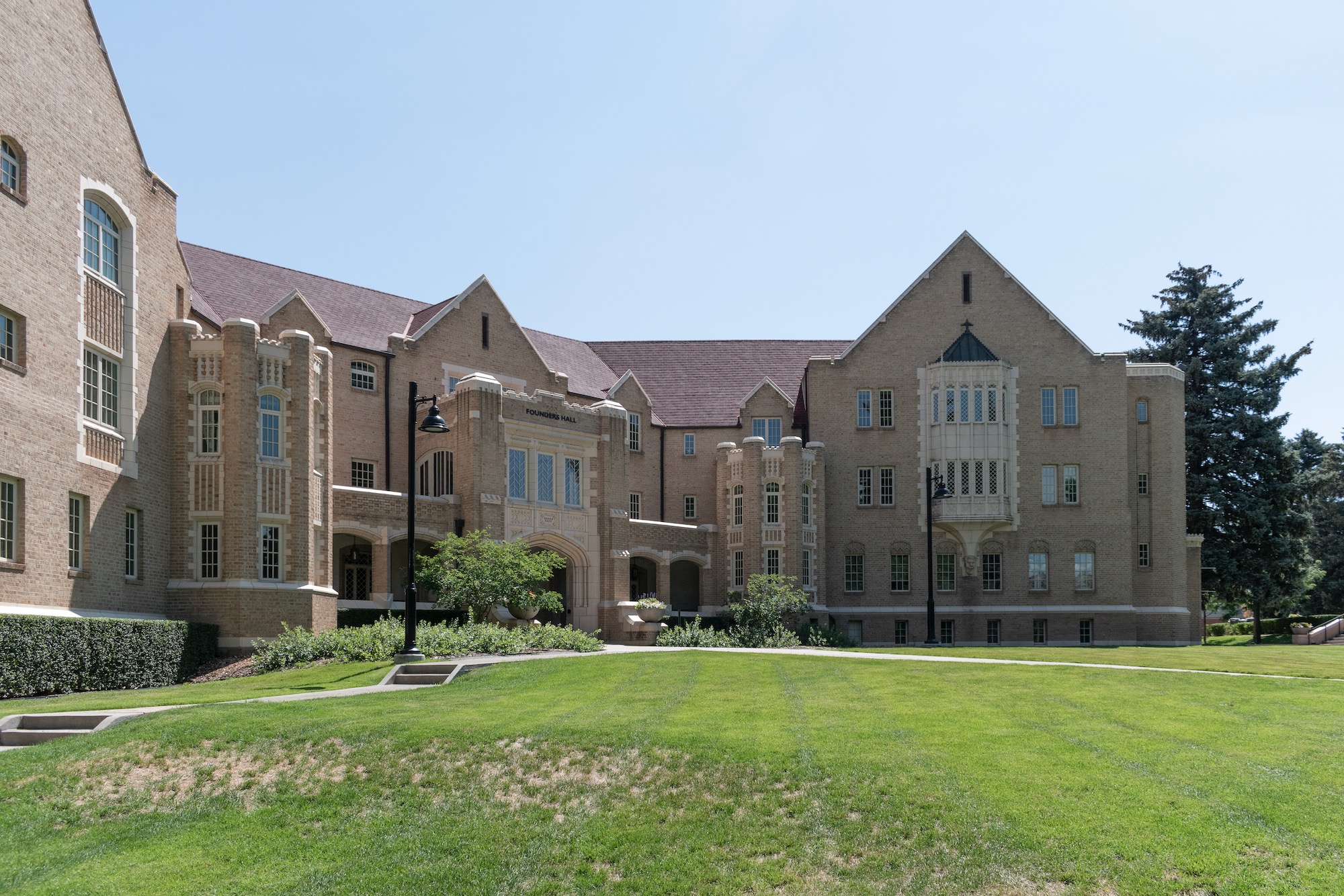SECTION 106 OF THE NATIONAL HISTORIC PRESERVATION ACT
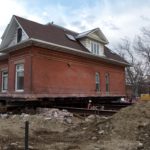 This project involved the new construction of 40 housing units for homeless young adults. The project site consisted of several lots on a city block that included an asphalt parking lot and an historic house which would be directly impacted by the undertaking, resulting in an adverse effect. Extensive coordination with the client and consulting parties resulted in the decision to move the house to a different location within the same setting and the development of a Memorandum of
This project involved the new construction of 40 housing units for homeless young adults. The project site consisted of several lots on a city block that included an asphalt parking lot and an historic house which would be directly impacted by the undertaking, resulting in an adverse effect. Extensive coordination with the client and consulting parties resulted in the decision to move the house to a different location within the same setting and the development of a Memorandum of 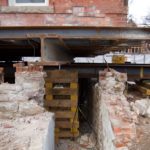 Agreement. Mitigation included local landmarking of several properties on the block, Level II Historic Resource Documentation (per OAHP guidance), archaeological monitoring of the parking lot excavation, and photography of the house move for an interpretive display at the local library. In addition to 106 services, Miniello Consulting provided key parts of the mitigation stipulations and performed the NEPA review.
Agreement. Mitigation included local landmarking of several properties on the block, Level II Historic Resource Documentation (per OAHP guidance), archaeological monitoring of the parking lot excavation, and photography of the house move for an interpretive display at the local library. In addition to 106 services, Miniello Consulting provided key parts of the mitigation stipulations and performed the NEPA review.
As a sub consultant for David Evans and Associates, Miniello Consulting prepared an Historic Cultural Resource Survey Report and a Determination of Effects and Historic Section 4(f) Report for a proposed Colorado Department of Transportation undertaking that consisted of identifying solutions and improvements for the numerous deficiencies at intersections along Vasquez Boulevard in Commerce City. Within the Area of Potential Effects (APE), 25 properties were identified, 14 of which were at least 45 years of age. None of the properties were previously listed in or determined eligible for listing in the National Register of Historic Places; the report resulted in the identification of two properties determined to be eligible for listing in the National Register. The project resulted in a finding of no historic properties affected. The most challenging aspects of the project were working through lengthy delays imposed by COVID, as well as a host of scope revisions that significantly reduced the project’s APE and properties requiring evaluation in the final deliverables.
This HUD-funded undertaking involved the rehabilitation of a large-scale apartment property with numerous buildings constructed in 2002 on the site of the former Northern Dairy Company. One building from the dairy era remains and is used as the leasing office. Originally, the one-story brick building with a unique stamp was constructed in 1935 and used as the dairy company’s retail store, selling milk, butter, cottage cheese, 20 flavors of ice cream, and sherbet. The building was determined to be eligible for listing in the National Register under Criterion C as an example of an Early Twentieth Century Commercial architecture.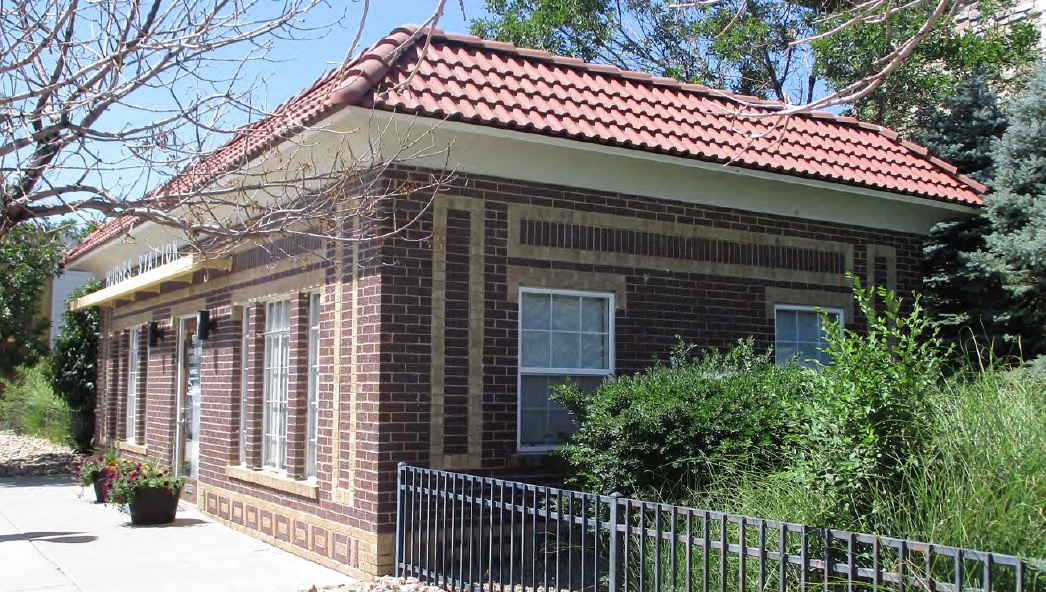
ENVIRONMENTAL REVIEW AND MANAGEMENT
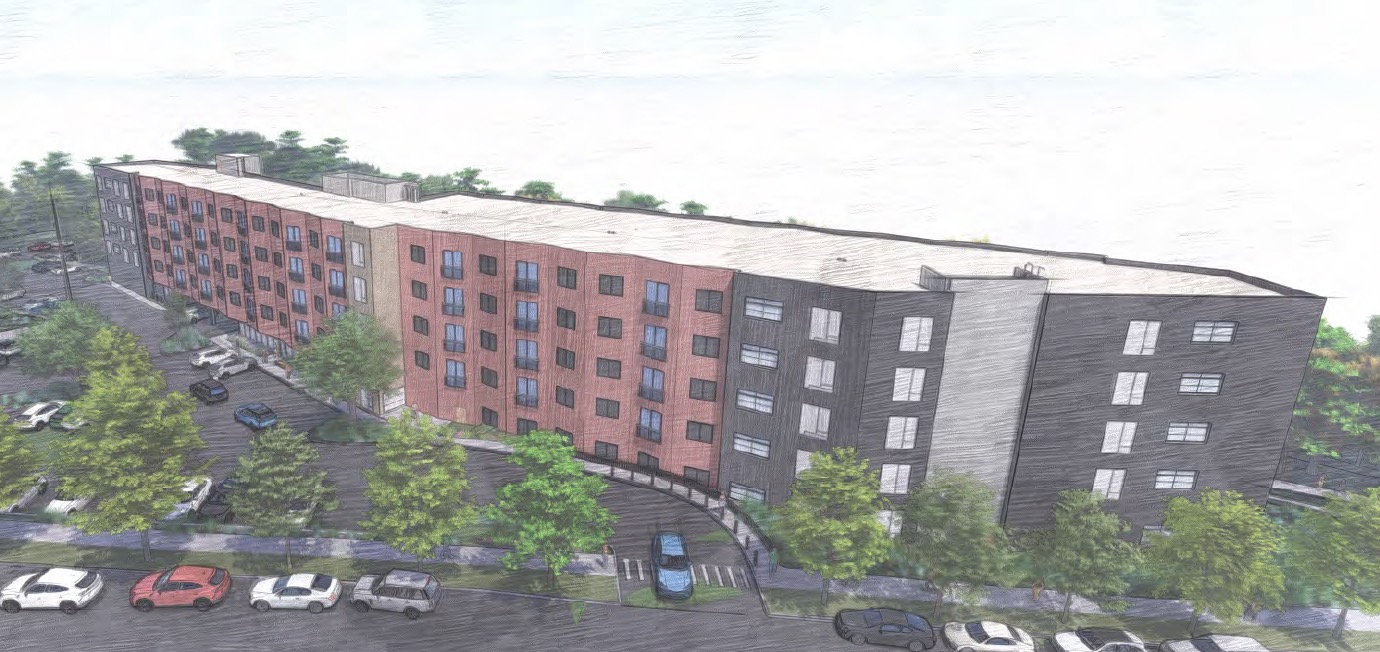 This HUD-funded project involves the acquisition of three vacant parcels of land and construction of one, five-story building with 82 units of affordable housing. Due to its proximity to Big Dry Creek, a portion of the site is located within a floodplain, and the 8-step decision making process was undertaken to determine impacts to the floodplain and wetlands. To complicate what can be an already lengthy process, circumstances dictated that the Environmental Assessment be completed on an incredibly accelerated time frame. Miniello Consulting was up for the challenge and successfully met each benchmark along the way, ultimately delivering a Finding of No Significant Impact to the client.
This HUD-funded project involves the acquisition of three vacant parcels of land and construction of one, five-story building with 82 units of affordable housing. Due to its proximity to Big Dry Creek, a portion of the site is located within a floodplain, and the 8-step decision making process was undertaken to determine impacts to the floodplain and wetlands. To complicate what can be an already lengthy process, circumstances dictated that the Environmental Assessment be completed on an incredibly accelerated time frame. Miniello Consulting was up for the challenge and successfully met each benchmark along the way, ultimately delivering a Finding of No Significant Impact to the client.
This undertaking utilized HUD funds to assist Habitat for Humanity in the Vail Valley with the construction of six, two-story duplexes on a vacant parcel in the Town of Gypsum. Due to the site’s proximity to a small wetland, a permanent covenant was placed on the property’s continued use to preserve the wetland. Ultimately, the Environmental Assessment resulted in a Finding of No Significant Impact.
This undertaking proposed the use of HUD funds for the phased new construction of 206 senior and affordable housing units. Located near future Transit-Oriented Development (TOD), the vacant site was also home to a prairie dog colony. Challenges presented during the environmental review process included a tight timeline for prairie dog removal, as well as coordination with four Responsible Entities (REs) to ensure their acceptance of the final Environmental Assessment. The EA, which was successfully completed with enough time to allow for publication of the notice and funding approval for all four REs, resulted in a Finding of No Significant Impact.
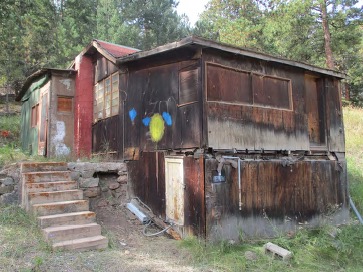 This undertaking involved the acquisition of an interesting multi-parcel area in a residential neighborhood in Evergreen. Two old cabins (non-historic) were still on the land, as well as an eclectic collection of various construction materials and debris. Habitat for Humanity proposed construction of five to seven duplexes scattered around the 2.39 acres. The Environmental Assessment resulted in a Finding of No Significant Impact.
This undertaking involved the acquisition of an interesting multi-parcel area in a residential neighborhood in Evergreen. Two old cabins (non-historic) were still on the land, as well as an eclectic collection of various construction materials and debris. Habitat for Humanity proposed construction of five to seven duplexes scattered around the 2.39 acres. The Environmental Assessment resulted in a Finding of No Significant Impact.
LOCAL LANDMARK DESIGNATIONS
Located on land once occupied by Vassar School, this small district consists of six Spanish Revival style bungalows that were constructed 1925-26. Albert L. Franz was responsible for purchasing the school from Denver Public Schools and promptly demolished it. Within 10 days, Franz filed six identical building permits for the one-story brick bungalows (clad in stucco). He utilized the existing topography and materials from the school in the creation of the houses and unique site features.
Miniello Consulting prepared the application for the property owners with financial assistance from Historic Denver Inc.’s Action Fund. The district was officially designated in late 2018. It is notable for having a direct association with the historical development of the city, embodying distinguishing characteristics of an architectural style, and promoting understanding and appreciation of the urban environment by means of distinctive physical characteristics or rarity. You can read about the designation here:
The Essex Apartments building is significant as an early 20th century apartment building designed by William E. Fisher, one of Denver’s most well-known architects. Located in the North Capitol Hill Neighborhood, the building was commissioned by William S. Fisher (likely no relation to William E.) and his mother, Mary. the area was an ideal location for the wealthy, as it was removed from the pollution of downtown. Soon, the middle class followed, and apartments such as this provided an opportunity for them to also find relief from the grime. The building was officially designated in 2018 and is notable for having a direct association with the historical development of the city and being a significant example of the work of a recognized architect.
River Drive Historic District is located on West River Drive in the Jefferson Park Neighborhood, one of the oldest established residential areas of Denver. The 17 extant properties that comprise the district were part of the 1881 River Front Addition to the Town of Highlands and represent some of the city’s oldest building stock in a rare surviving and intact portion of the original neighborhood.
Set on a bluff overlooking the South Platte River and downtown, the district was originally home to a number of working-class residents, many of whom were employed by some of the city’s earliest and most influential industries within walking distance or a short streetcar ride away. The district exhibits a high level of physical integrity, and several architectural styles and building types are present among the small number of properties. They include the Terrace Type, Queen Anne, Gable Front, Dutch Colonial, and Foursquare.
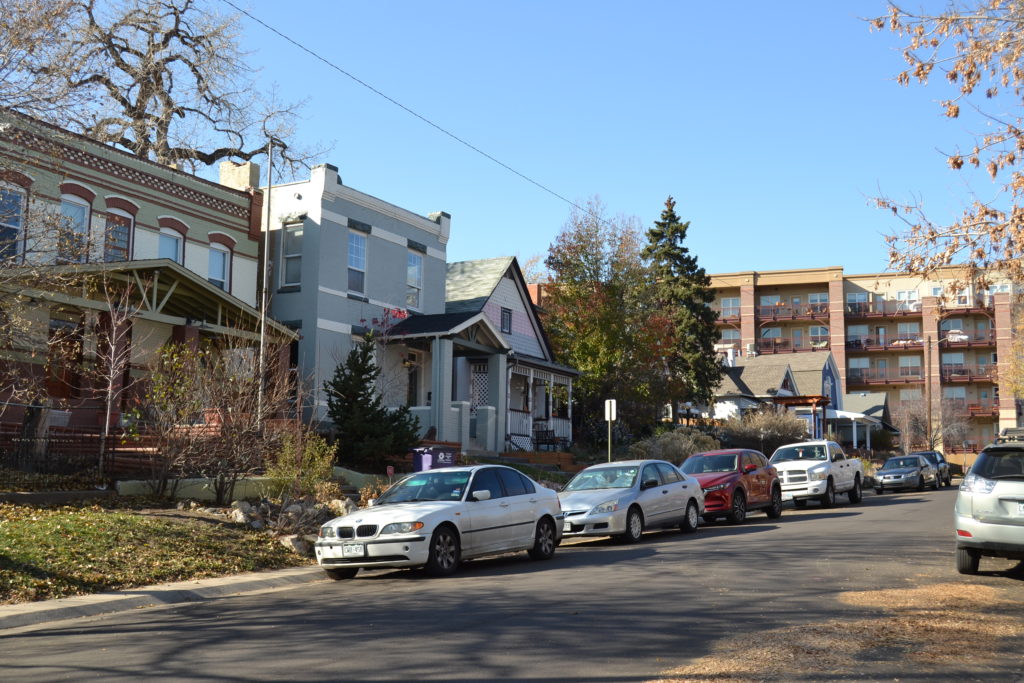
Miniello Consulting prepared the application for the property owners with financial assistance from Historic Denver Inc.’s Action Fund. The district was officially designated in 2019. It is notable for having a direct association with the historical development of the city, embodying distinguishing characteristics of an architectural style, and promoting understanding and appreciation of the urban environment by means of distinctive physical characteristics or rarity. You can read about the designation here:
NATIONAL REGISTER NOMINATIONS
Miniello Consulting is excited to partner with fellow architectural historian, Susan Lankford, in preparing the National Register district nomination for Colorado Woman’s College in Denver. The nomination appears on the State Review Board’s January 2023 meeting agenda.
The Kingsbury-Doak Farmhouse is listed in the National Register of Historic Places under Criterion C. The land on which the farmhouse is located was settled c.1860 with the construction of the original, smaller farmhouse. The larger addition to the house, built in 1882-1883, is an excellent example of the Italianate architectural style and boasts several unique features. Several outbuildings remain on the property and contribute to the overall setting and significance of the farmhouse.
The Hartford City Courthouse Square Historic District is listed in the National Register of Historic Places under Criterion A because of its significance as the historic center of Blackford County’s commercial, social, and governmental activities. It is also listed under Criterion C because of its substantial collection of late-nineteenth and early-twentieth century commercial architecture. The district boundaries include 45 contributing buildings, 11 noncontributing buildings, 1 contributing object, and 8 noncontributing objects.
The Mountain View Hotel is listed in the National Register of Historic Places under Criterion A. The hotel, built c. 1906, was an integral part of the settlement of the Centennial Valley in Wyoming. With strong ties to mining, railroad, and early tourism endeavors, the building has remained in service in numerous income-producing capacities for the past 100 years.


